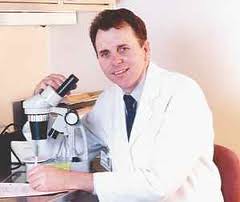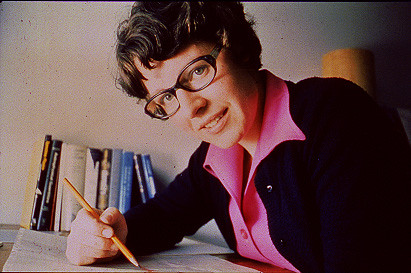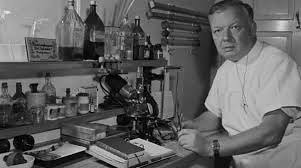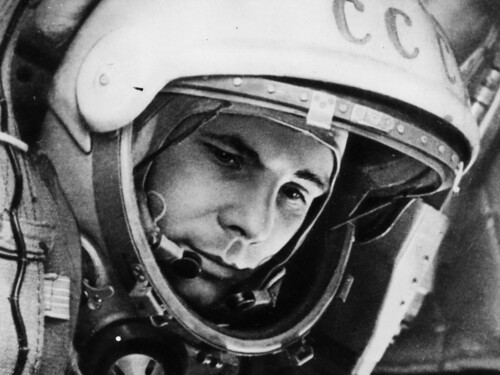Will AI put mankind in check?
 First published in Computing, October 2002
First published in Computing, October 2002Is the epic man-versus-machine chess contest taking place in Bahrain evidence that humans will one day be merely pawns in a world ruled by computers?
In Bahrain, Vladimir Kramnik, the world’s top chess player, is feeling the heat. He’s up against Deep Fritz, a lash-up of eight Pentiums that checks three million positions per second. Kramnik is 6ft 4in and a mere 27 years old: he’s played more than 1,200 top-level games and won over 90 percent of them. Deep Fritz, programmed by Frans Morsch from the Netherlands and Matthias Feist of Germany, is less than 5in tall. It has played only one game – against Deep Junior, another computer – and it won that one.
More is at stake, over eight rounds and 15 days, than the $1m that Kramnik hopes to win in prize money. Inevitably the Bahrain contest has revived debate about artificial intelligence. If Deep Fritz wins, does it confirm the recent argument of Nicholas “Being Digital” Negroponte that AI is back? Is Negroponte, head of the Media Lab at MIT, right to say that it is time to put the past 25 years of specialised expert systems behind us? Should we, instead, return to the generalist ambitions of the founding fathers of AI in the 1960s – people such as Stanford professor John McCarthy, creator of Lisp?
For me, Deep Fritz doesn’t constitute a real brain, even if that is what is implied by the Brainsinbahrain.com URL of the tournament Web site. When Garry Kasparov lost the final and deciding game against IBM’s Deep Blue in New York in 1997, he was flabbergasted, for he detected not just computational power, but the presence of strategic, intuitive play. I fear that he erred there too.
Back in 1980, Berkeley philosopher John Searle famously protested that a machine’s ability to simulate a human mental phenomenon – his example was reading and writing Chinese – revealed a command of syntax, but not of semantics or meaning. A blindfolded user might be unable to distinguish a computer’s answers to his questions from those of a human being; in that case, the computer would pass the Turing test of artificial intelligence. But Searle felt that a computer’s programmed behaviour did not equate to a human being’s intentional thought.
Going one better than algorithms, defenders of AI now foresee IT that, like an autonomous individual, will be able to adapt to and learn from the environment. Twist in a fashionable reference to genetics, and it is argued that it will be possible for IT to reproduce. This was what the ingenious artificial-life school of programmers in the mid 1990s looked forward to – the possibility of software programs being able to evolve, in response to errors.
Once a basic intelligent robot is perfected, you need only add a further and equally fashionable twist of nanotechnology to have genetically mutating nano-robots taking over the earth. This is the apocalyptic vision of AI promulgated by Sun founder Bill Joy in his notorious article Why the future doesn’t need us, which appeared in the April 2000 edition of Wired.
I don’t agree. Whatever the result in Bahrain, computers are unlikely ever to reproduce, or to engage in any kind of socialisation.
And as we all know from the world of IT management, the surface appearance of intelligence is no substitute for the real thing.
Fmr President of Kenya on Trump cutting off foreign aid:
“Why are you crying? It’s not your government, he has no reason to give you anything. This is a wakeup call to say what are we going to do to help ourselves?”
America first is good for the world.
Our entire Green Socialist establishment should be banged up under the ‘Online Safety’ laws, for spreading demonstrable lies (the ‘climate crisis’), causing non-trivial harm to the industrial working class, ordinary drivers, farmers, taxpayers etc, etc.
#Chagos? #Mauritius PM Navin Ramgoolam "is reported to want Starmer to pay £800m a year, plus ‘billions of pounds in #reparations’." (14 January) https://www.spiked-online.com/2025/01/14/the-chagos-islands-deal-is-an-embarrassment/
Now the Torygraph wakes up https://telegraph.co.uk/gift/1ff8abbb462cd609
Read @spikedonline - first with the news!
Articles grouped by Tag
Bookmarks
Innovators I like

Robert Furchgott – discovered that nitric oxide transmits signals within the human body

Barry Marshall – showed that the bacterium Helicobacter pylori is the cause of most peptic ulcers, reversing decades of medical doctrine holding that ulcers were caused by stress, spicy foods, and too much acid

N Joseph Woodland – co-inventor of the barcode

Jocelyn Bell Burnell – she discovered the first radio pulsars

John Tyndall – the man who worked out why the sky was blue

Rosalind Franklin co-discovered the structure of DNA, with Crick and Watson

Rosalyn Sussman Yallow – development of radioimmunoassay (RIA), a method of quantifying minute amounts of biological substances in the body

Jonas Salk – discovery and development of the first successful polio vaccine

John Waterlow – discovered that lack of body potassium causes altitude sickness. First experiment: on himself

Werner Forssmann – the first man to insert a catheter into a human heart: his own

Bruce Bayer – scientist with Kodak whose invention of a colour filter array enabled digital imaging sensors to capture colour

Yuri Gagarin – first man in space. My piece of fandom: http://www.spiked-online.com/newsite/article/10421

Sir Godfrey Hounsfield – inventor, with Robert Ledley, of the CAT scanner

Martin Cooper – inventor of the mobile phone

George Devol – 'father of robotics’ who helped to revolutionise carmaking

Thomas Tuohy – Windscale manager who doused the flames of the 1957 fire

Eugene Polley – TV remote controls


0 comments